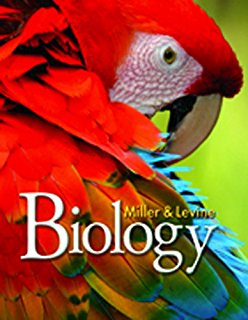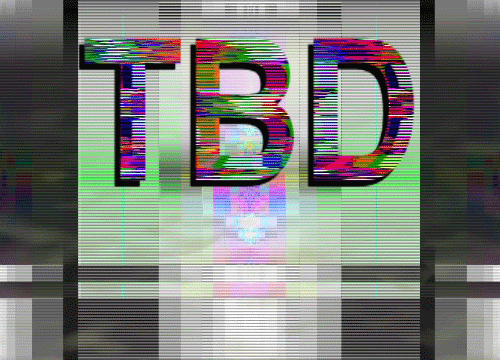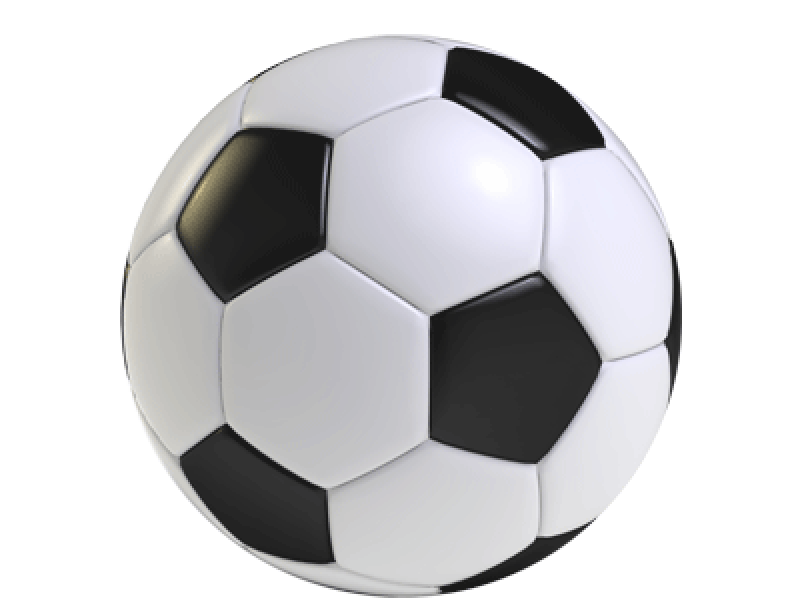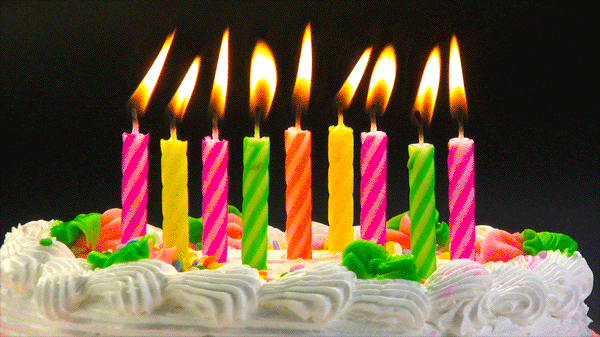A PDF of the lab guidelines can be found HERE
General lab guidelines, instructions, & rubric can be found HERE
Class data can be found HERE
The CP1 lab reflection can be found HERE (TBA)
General lab guidelines, instructions, & rubric can be found HERE
Class data can be found HERE
The CP1 lab reflection can be found HERE (TBA)
When writing your lab report, attend to the following:
Results
Make sure you create data tables that include the following:
Discussion
Make sure your discussion includes the following:
For your error analysis, make sure you:
Remember, error is not mistakes. Error is flaws in the design of the experiment that lead to the data either being inaccurate or not trustworthy. Often error exists when constants aren't maintained between the different experimental and control groups.
Conclusion
The conclusion is one solid paragraph and no more. Make sure it addresses these questions:
Unit 4: Genetics & Heredity
Results
Make sure you create data tables that include the following:
- All five different setups
- The initial temperature (Centigrade)
- The final temperature (Centigrade)
- The change in temperature (+/-Centigrade)
- Indication whether you/your team collected this data directly
- The average change in temperature for all classes (+/-Centigrade)
Discussion
Make sure your discussion includes the following:
- Compare/contrast your adaptation data vs. each other as well as to the control
- Compare/contrast your strategy data vs. each other as well as to the control
- Compare/contrast class average adaptation data vs. each other as well as to the control
- Compare/contrast class average strategy data vs. each other as well as to the control
- Identify and support which adaptation and strategy are the best survival mechanisms
- Explain how the different adaptations and strategies might present themselves through natural selection in a population
- Consider other adaptations and strategies one could consider investigating in future experiments (that were not tested in this experiment)
For your error analysis, make sure you:
- Identify at least three possible sources of error
- Explain how these sources of error could have led to inaccuracies in your results
- Offer remedies to each of your sources of error
Remember, error is not mistakes. Error is flaws in the design of the experiment that lead to the data either being inaccurate or not trustworthy. Often error exists when constants aren't maintained between the different experimental and control groups.
Conclusion
The conclusion is one solid paragraph and no more. Make sure it addresses these questions:
- What the objective met? How so? If not, why not?
- Was the hypothesis accurate? How so? If not, why not?
Unit 4: Genetics & Heredity












 RSS Feed
RSS Feed